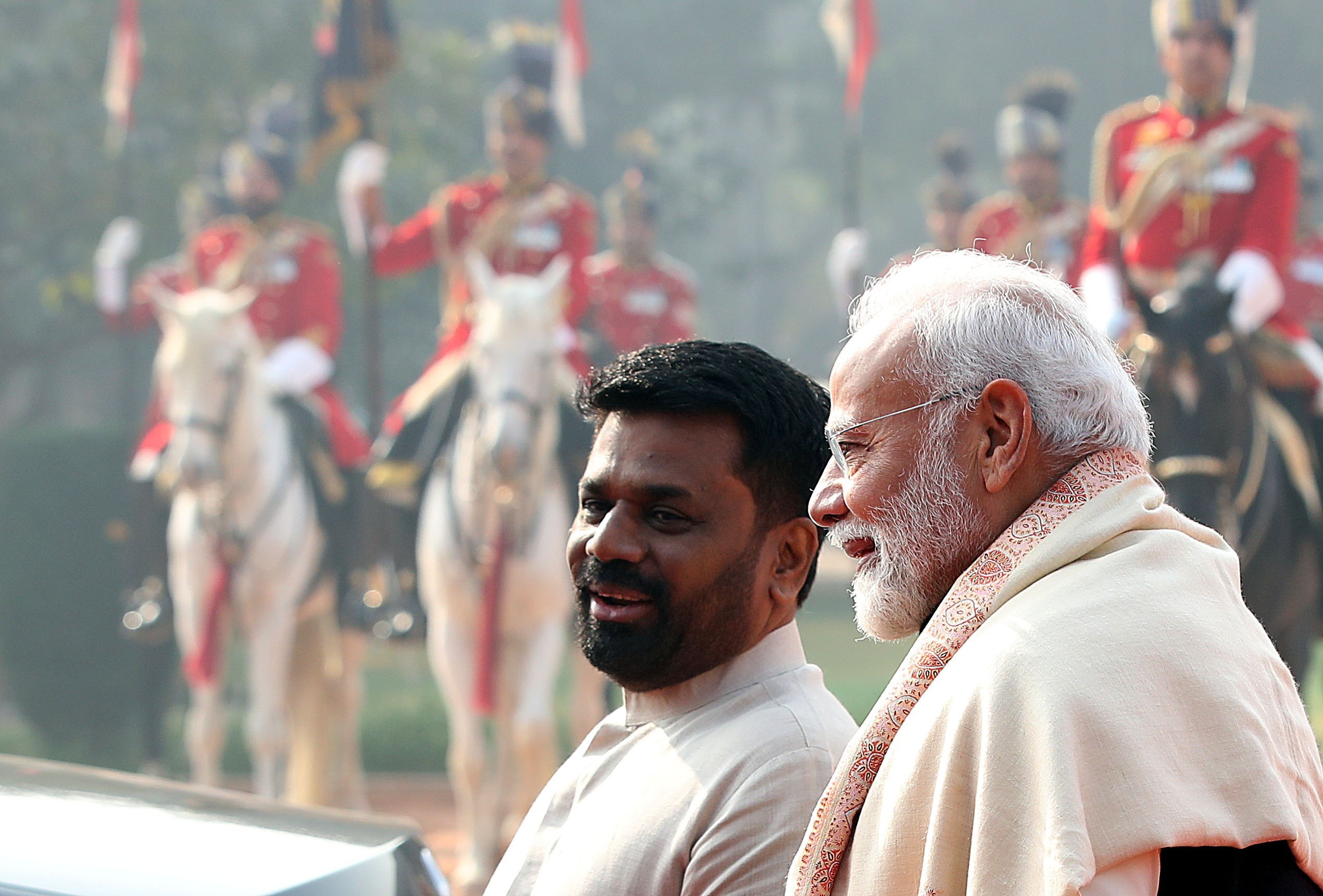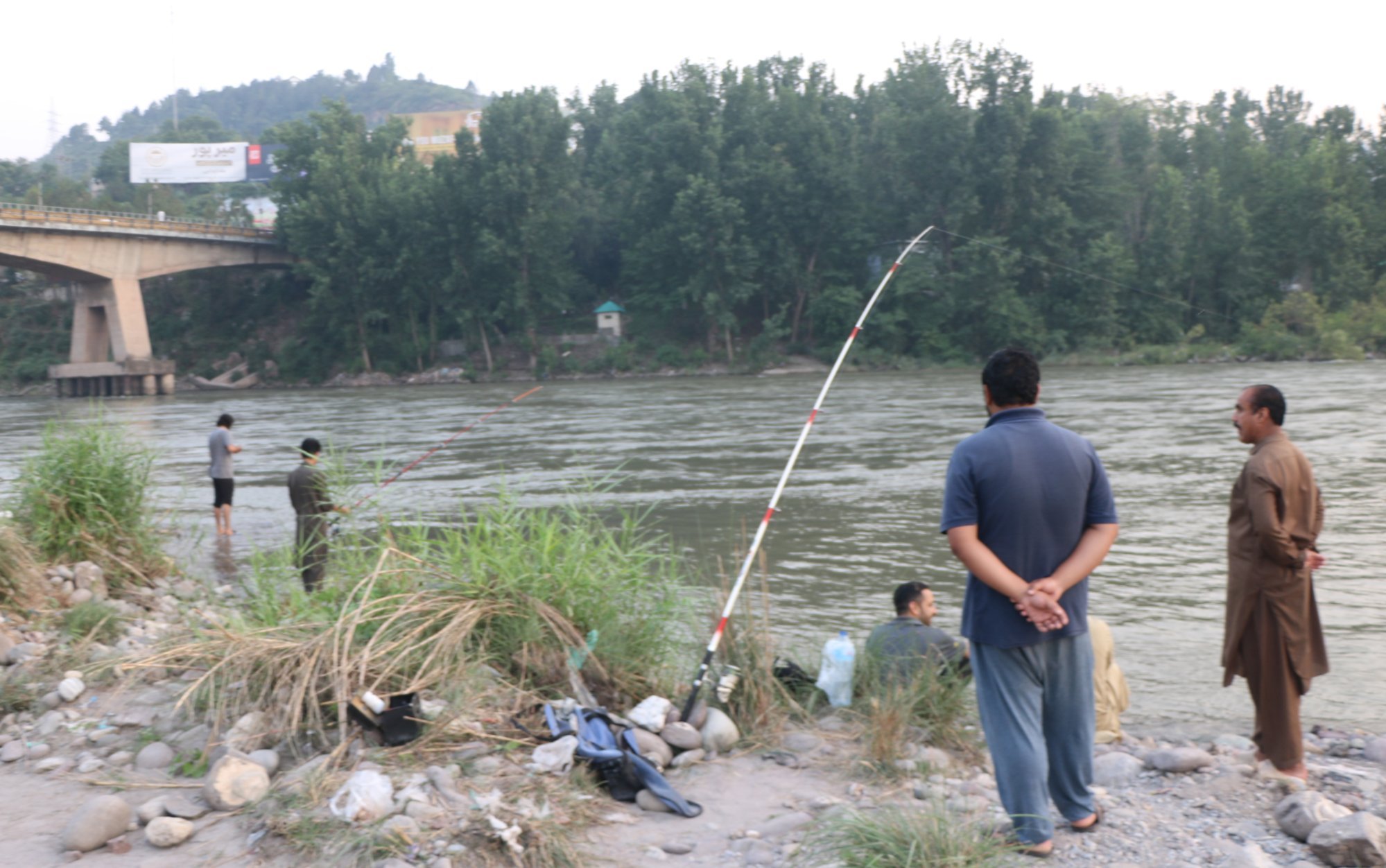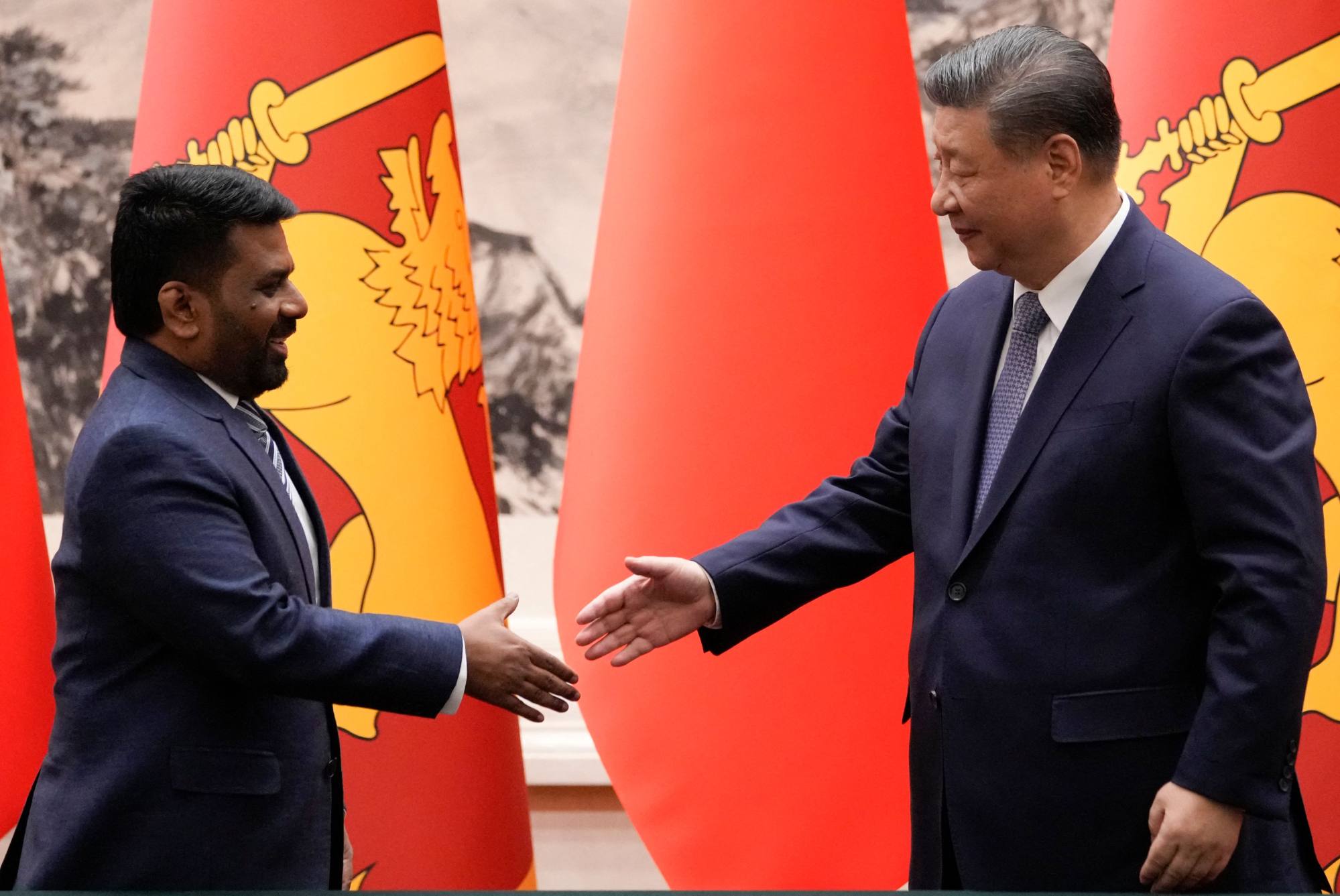Sri Lanka’s neutrality strained as India-Pakistan tensions rise after Kashmir attacks
As a small state lodged between superpowers, Sri Lanka cannot afford to take sides in the India-Pakistan conflict, analysts say

Sri Lanka’s long-standing policy of non-alignment is facing renewed scrutiny, as deepening ties with India strain its neutrality amid rising tensions between New Delhi and Islamabad.
Analysts say Colombo’s recent tilt towards India in the security realm – most notably through a formal defence pact – risks unsettling its delicate balancing act, particularly as it continues to rely heavily on Chinese investment.
India and Sri Lanka signed a landmark defence cooperation agreement on April 5 during Prime Minister Narendra Modi’s state visit to Colombo – the first formal pact of its kind since the 1980s. The full details of the agreement, which includes provisions for joint military exercises and capacity-building, have not been disclosed publicly.
Just over a month later, on May 7, India launched Operation Sindoor in retaliation for a deadly terrorist attack in Pahalgam, Indian-administered Kashmir.
Delhi attributed the April 22 attack to Pakistan-based militants and targeted what it described as terrorist infrastructure across the Line of Control. Although a ceasefire was announced shortly afterward, Indian officials have stated that the operation remains ongoing.
This confrontation has placed smaller South Asian states – particularly Sri Lanka – in a precarious position, forcing them to weigh how the fallout could reverberate across the region. The island nation just off India’s southern coast is treading carefully to avoid being drawn into the crossfire between its nuclear-armed neighbours.

Colombo has long sought to stay out of Indo-Pakistani conflicts, and is well-versed in the diplomatic balancing act required, according to Nilanthi Samaranayake, an adjunct fellow at the East-West Centre in Washington.
“But more recent dynamics – including the deepening of Pakistan’s strategic and defence relationship with China, and the deterioration of India-China ties – have made the regional environment even more difficult for Sri Lanka to navigate as a smaller state,” she said.
China’s ties with Pakistan have grown particularly robust under the Belt and Road Initiative, with the China-Pakistan Economic Corridor and military cooperation – including the provision of J-10 fighter jets – reinforcing Beijing’s status as Islamabad’s key strategic partner.
“China and Pakistan share an iron brotherhood built on decades of military, economic and geopolitical cooperation,” said Anuththara Ekeli, a lawyer and former lecturer at the Open University of Sri Lanka. “China has heavily invested in Pakistan and is likely to reaffirm its support for Pakistan in the context of Operation Sindoor.”
She warned that even if Sri Lanka sought to maintain a neutral stance between India and Pakistan, any perceived alignment with Delhi’s counterterrorism efforts could be interpreted by Beijing as siding with a rival strategic bloc.
Colombo’s recent defence pact with Delhi adds complexity to its efforts to maintain impartiality, as Beijing and Islamabad may view Sri Lanka to be “pivoting toward India’s security sphere”.
While Sri Lanka has not expressed any intention of becoming involved in the India–Pakistan conflict, the memorandum of understanding – signed amid heightened tensions – “offers a useful reminder of where the weight of Sri Lanka’s ties stand with India, compared with Pakistan, and Sri Lanka’s understanding of India as the dominant regional power,” Samaranayake said.
Operation Sindoor, beyond its immediate tactical objectives, signalled an established policy against terrorism and added to the militarisation of the South Asian region, Ekeli said.
For Sri Lanka, this has two implications, according to Ekeli. First, there is the security risk inflicted by regional instability and second, the increased Indian assertiveness with potential security posture that would come up with “expectations of cooperation or alignment in multilateral forums” – specifically South Asian Association for Regional Cooperation.
Caught between India and China
Sri Lanka’s economy is slowly recovering from its debilitating 2022 crisis, but both India and China remain crucial to its financial stability. With China holding about 20 per cent and India 9 per cent of the country’s total public external debt, both are key players in Colombo’s US$2.9 billion debt-restructuring deal with the International Monetary Fund.
By weaponising economic or environmental tools such as the suspension of the Indus Waters Treaty with Islamabad, India was signalling a trend where geopolitics directly affected economic instruments, Ekeli noted.
This may make it difficult for Sri Lanka, with its fragile post-crisis economy, to attempt to stay neutral while still depending heavily on both Indian markets and Chinese capital.
Sri Lanka is a critical link in China’s Belt and Road Initiative – particularly through high-profile projects such as the US$1.4 billion Colombo Port City land reclamation and the China-run Hambantota International Port in the south. So any perception that Colombo is pivoting toward India could prompt a more assertive Chinese presence, Ekeli said.
“Operation Sindhoor will likely intensify Beijing’s scrutiny of Colombo’s diplomatic behaviour and increase the expectations of Colombo’s loyalty,” she added.
As the conflict between India and Pakistan escalated earlier this month, Dr. Nalinda Jayatissa, Sri Lanka’s cabinet spokesman, insisted on non-alignment.
“Our territorial land, waters, and airspace will not be used by one country against another. We remain firm on this position,” he said.
This was in contrast with President Anura Kumara Dissanayake’s response in the immediate aftermath of the Pahalgam attack, when he “strongly condemned” the terror attack and offered “unwavering solidarity and brotherhood” to the people of India via a telephone call to Modi.

Dissanayake’s remarks did not go down well with the Pakistanis because they felt that Sri Lanka was indirectly saying that Islamabad was supporting militants, said Uditha Devapriya, the chief analyst at Factum, a Sri Lanka-based foreign policy think tank.
“Sri Lanka doesn’t come out very pretty in this whole scenario,” Devapriya said. “But then again, we are not in the position that we occupied in the 1960s and 1970s.”
During the Bangladesh Liberation war of 1971, Sri Lanka allowed Pakistan fuel stops in Colombo, even while insisting on a non-aligned stance. However, at the time, Prime Minister Sirimavo Bandaranaike had strong links with the non-aligned movement, which provided a crucial edge.
In the aftermath of the Sri Lankan economic crisis however, Colombo has to play its cards carefully. As a small state lodged between different superpowers, Sri Lanka could not afford to take sides, Devapriya said.
“[Behind] Pakistan is China, and behind India is the US. So it’s a whole tangled web of geopolitical tensions in the Indian subcontinent, which Colombo is feeling ripple effects from,” Devapriya said.